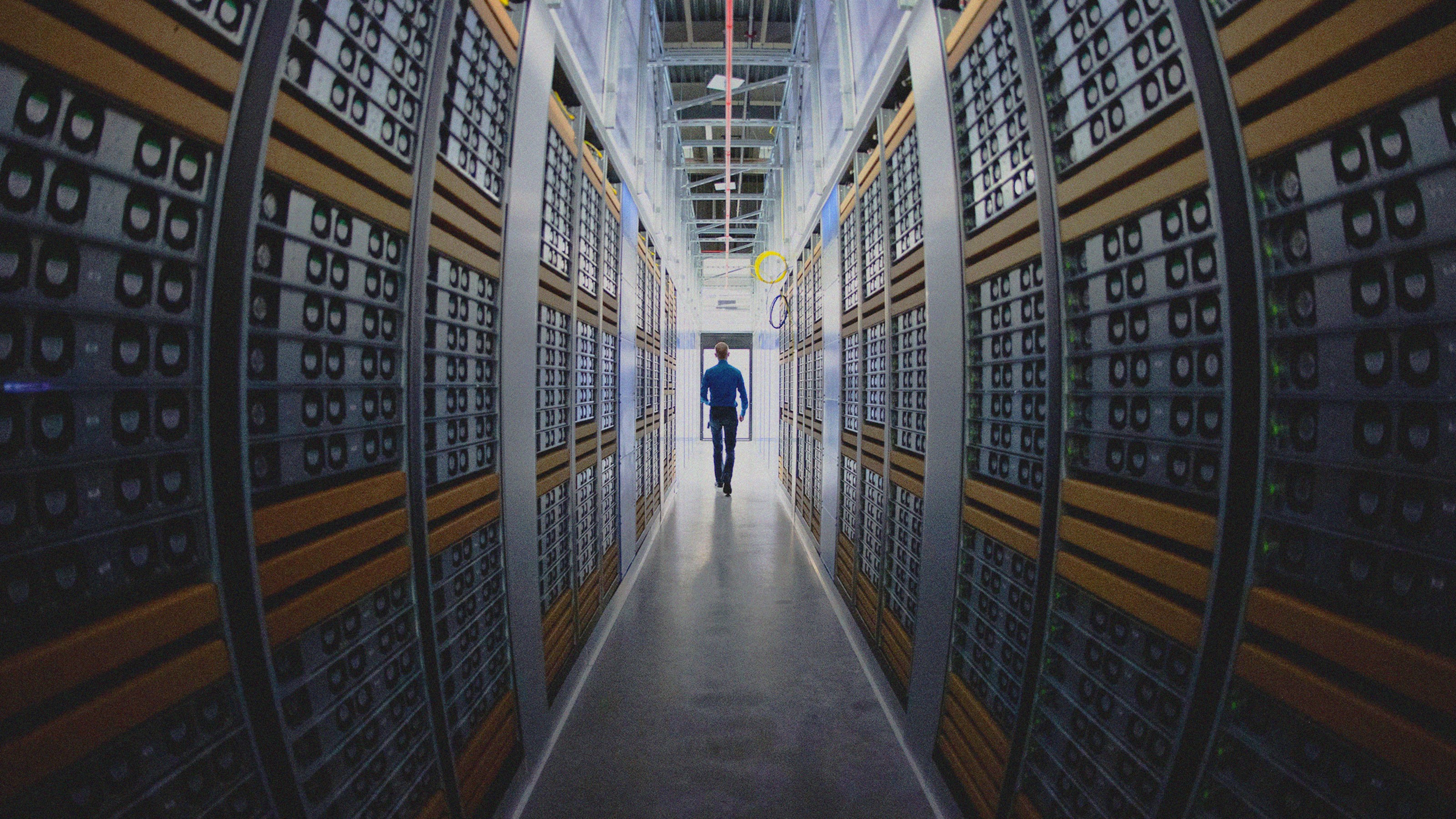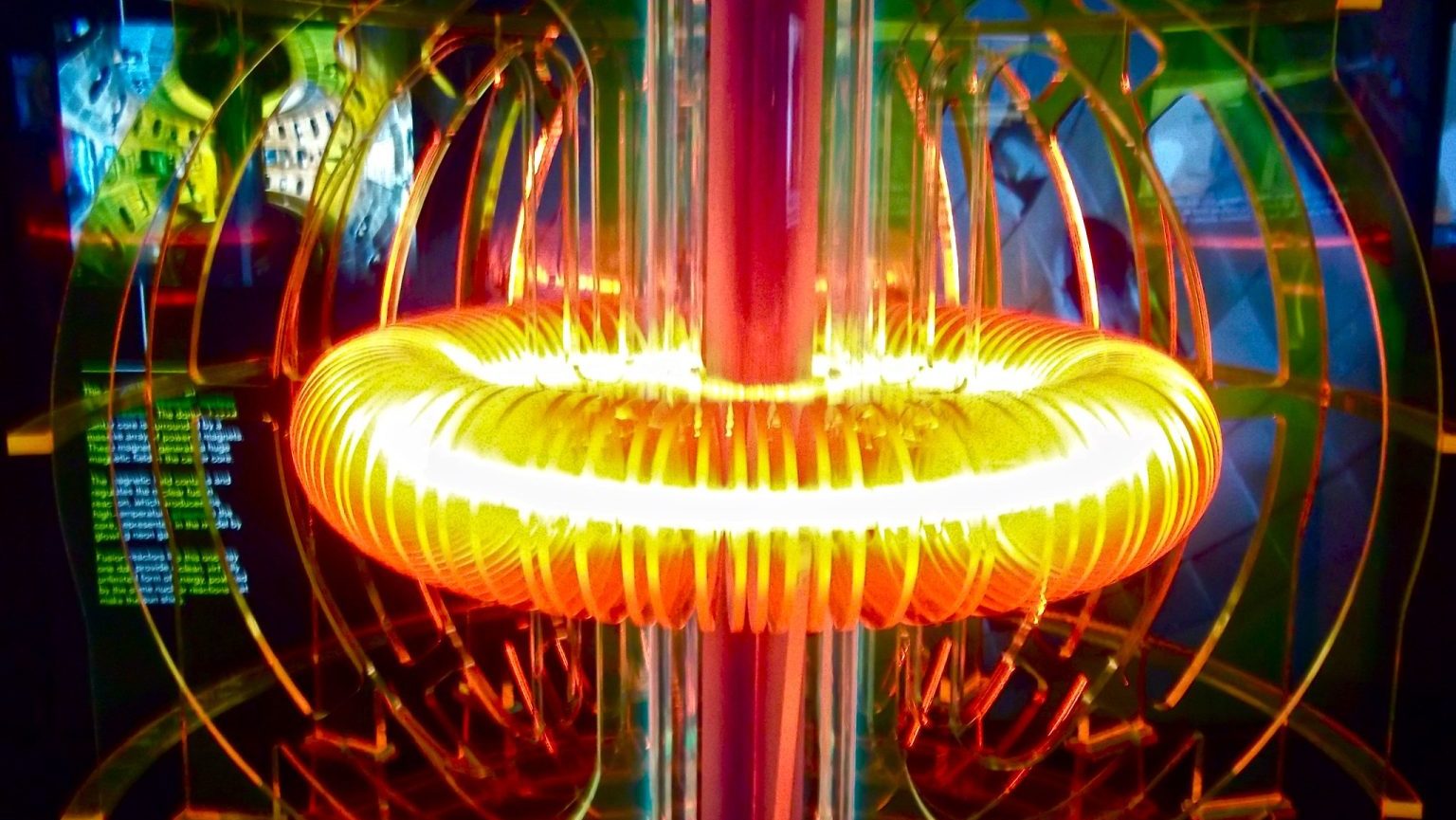European wind farms could meet global energy demand, researchers now say

Pixabay
- A new report calculated how much electricity Europe could generate if it built onshore wind farms on all of its exploitable land.
- The results indicated that European onshore wind farms could supply the whole world with electricity from now until 2050.
- Wind farms come with a few complications, but the researchers noted that their study was meant to highlight the untapped potential of the renewable energy source in Europe.
In 2009, the European Environment Agency made a surprising claim: If Europe were to build all of the onshore and offshore wind farms it was capable of building, wind could power the continent many times over. In fact, the 2009 report said that wind farms could provide 20 times the electricity that’s estimated to be demanded in Europe in 2020.
But it turns out the actual wind potential in Europe could be much higher. A new study found that maximizing onshore wind potential could enable Europe to generate 100 times more electricity than it currently does. That’s enough to cover energy demand for the entire world from now until 2050, according to the researchers.
European aspirations for a 100 percent renewable energy grid are within our collective grasp technologically…
The study, published in the September 2019 installment of Energy Policy, found that Europe’s untapped wind energy potential amounts to approximately 52.5 terawatts, or about 1 million watts for every 16 European citizens. To estimate the continent’s wind potential, the researchers used information detailing each nation’s infrastructure, buildings and protected areas to determine which areas wouldn’t be suitable for onshore wind farms.
They also conducted a spatial analysis to identify areas with sufficient wind conditions for wind farms.

Enevoldsen et al.
“The study is not a blueprint for development but a guide for policymakers indicating the potential of how much more can be done and where the prime opportunities exist,” study co-author Benjamin Sovacool, professor of energy policy at the University of Sussex, told the University of Sussex Media Centre. “Our study suggests that the horizon is bright for the onshore wind sector and that European aspirations for a 100 percent renewable energy grid are within our collective grasp technologically.”
The researchers admit they were “very liberal” in identifying land on which wind farms might be built; for example, they included private land where citizens might have no interest in building wind farms.
“Obviously, we are not saying that we should install turbines in all the identified sites but the study does show the huge wind power potential right across Europe which needs to be harnessed if we’re to avert a climate catastrophe,” Sovacool said.
Wind energy — not always a breeze
Wind energy isn’t completely free of problems. As Big Think wrote in July, wind is currently one of the cheapest forms of renewable energy, but there are several factors preventing it from becoming dominant in the U.S. Those include:
- Wind variability: Put simply, wind turbines need consistent access to strong winds if they’re to be efficient. That’s a problem, considering some parts of the country — like the southeastern U.S. — see relatively slow wind speeds. “Wind power is very sensitive to the wind speed, more than you might guess,” Paul Veers, chief engineer at the National Wind Technology Center at the National Renewable Energy Laboratory, toldVox. However, wind variability could become less of a problem if wind power could be stored more effectively.
- The window-shadow effect: When you add a wind turbine to a landscape, you change local wind patterns. One downside is that each additional turbine robs wind from other turbines in the wind farm. So, designers have been trying to space out wind turbines in a way that maximizes efficiency. But the problem with this sprawling solution is that it becomes increasingly expensive, both due to maintenance and land cost. Additionally, rural residents generally don’t like having massive wind turbines spoiling their property values and views.
- Local heating: Although renewable energies like wind would curb climate change over the long term, wind turbines would likely cause local heating over the short term. Why? Cold air normally stays near the ground, while warm air flows higher. But wind turbines generally disrupt that natural order, pushing warm air down. “Any big energy system has an environmental impact,” Harvard engineering and physics professor David Keith toldThe Associated Press. “There is no free lunch. You do wind on a scale big enough […] it’ll change things.” Of course, this is a temporary effect, unlike climate change.
Still, the researchers don’t think these criticisms make their findings irrelevant. In the study, they addressed the intermittent nature of wind energy, and also acknowledged the impracticality of actually building dense wind farms on every exploitable piece of land.
“To both critics the response is the same,” they wrote. “Realizable wind power potential studies are not to be treated as blueprints for development. Such studies help policymakers understand what is possible as a ceiling, help planners target areas of particular attraction, and help us understand where we are in terms of state of play concerning a given technology and its potential. For onshore wind power potential, our study suggests that still the horizon is bright for this particular application in the wind energy sector and that European aspirations for a 100 percent renewable energy grid are within our collective grasp technologically.”





